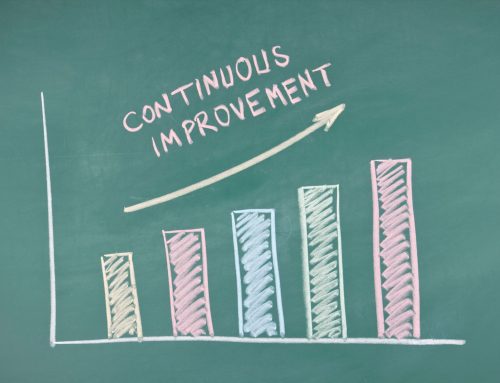Customer Retention: 6 Techniques To Cultivate And Build A Stronger Customer Base – www.forbes.com
It would be wonderful if businesses could keep all of their customers forever. Obviously, this would lead to long-term sustainable growth and immense success. Unfortunately, this is wishful thinking at best.
Assuming every customer cannot be retained, then the next best thing is for a business to retain the majority of its customers—and indeed its best customers. Retaining customers, however, takes more than continuous marketing campaigns, introduction of new products or services, or having competitive pricing.
Undoubtedly, a business must provide benefits that customers seek, solutions to problems, quality, value, and a certain amount of service before, during, and after a sale, depending on the product or service sold.
Customer retention is dependent upon the following six techniques:
1. Building relationships
While it is easier to build relationships in some businesses and industries than in others, relationship building should be the goal for all businesses. Relationships normally are not built quickly; it takes time to nurture true relationships.
When there is a lengthy sales cycle, lasting relationships can be more easily built as salespeople and customers have time to get to know each other. While the primary goal should be to build business relationships, becoming better acquainted with each other on a personal level can help achieve this goal.
Even for businesses that have short sales cycles, relationships can still be fostered between salespeople and customers. In this situation, relationships must be developed quickly during the initial interaction, and by having the right attitude, showing concern, asking relevant questions, and providing prompt service.
One important reason to have strong relationships with customers is so that business can continue, even if something in the sales or customer service process does not go as planned.
2. Setting reasonable expectations
When customers understand what to expect and expectations are met, customers become satisfied with the product or service they have purchased. It is when expectations are not met that customers seek competitive businesses that can provide expected results.
The old adage of “under-promise and over-deliver” is an axiom that sounds good for business; however, it is more important for a business to deliver what is promised and expected rather than something less. While customers might be generally pleased and pleasantly surprised to receive more than what’s expected, receiving anything less will have as a much greater negative impact than the positive impact of receiving more than was expected.
3. Delivering the right message
One factor of customer retention is dependent upon delivering the right message. Customers are more likely to stay with businesses that deliver messages they understand.
Although a business might sell the same product or service to different markets, this does not mean that the same message should be delivered unchanged to all markets. Different markets may require different messages, and messages should target the specific needs of customers. The best message for one market segment may be totally ineffective for another segment. The retention process is enhanced when products and services are matched with the right customers through targeted messages.
4. Educating customers
Today’s customer wants to be educated, and thanks to the internet and social media, information is only a click away. Because of the ease of information that is freely and easily transmitted, it is imperative for businesses to furnish relevant content to its customers. This does not mean that the only form of product or service information should be obtained from electronic sources. Sales reps and employees need to be equally informed about what a business is selling in order to communicate this information to customers. Purchasers want relevant information to help them make informed decisions.
5. Seeking input
There’s no better way for businesses to find out what customers want than to ask them. After that, a business can then focus on what customers find favorable and make necessary changes to better accommodate customers’ wants and needs. Employees that deal directly with customers are another important source of information about customer satisfaction levels. They hear directly what customers are saying about a company, its products, pricing, levels of customer service, and even the competition.
6. Never faltering on customer service
Keeping a business’s best customers requires providing top-level customer service at all times. This should not only occur when customers become dissatisfied. Building loyalty through customer service is not a hit-or-miss proposition; it cannot exist one day but not the next. Customer service is letting customers know they are “number one” all the time. A high level of customer service can make the difference between one isolated sale or continuous repeat business.
Convert ordinary customers into extraordinary customers
Since it takes considerably more cost, time, and effort to obtain new customers than it takes to retain current customers, businesses should concentrate on cultivating ordinary customers into extraordinary customers.
Competition is also intense in almost every business sector. Once a customer is lost to the competition, rarely does that customer return, and the investment of both financial and human capital is lost as well.
Use these six techniques to build a stronger customer base of extraordinary business patrons.





Leave A Comment
You must be logged in to post a comment.